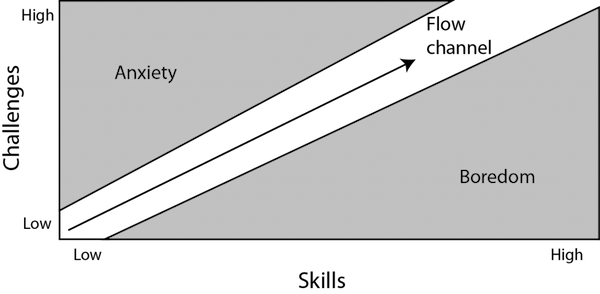When designing with people in mind, you have to consider more than what users see and do; how users feel is also important. This is the emotional design of a product or service.
As UX designers, we’re integrating the art of persuasion and the art of seduction. We want users to fall in love with what we design and to keep coming back to it.
Understanding the emotions of users
In the course Conduct Design and User Research, we examined journey maps to look at each step of the user journey, along with the emotional charge at each step. Were users feeling good? Frustrated? Neutral? By understanding how users think and feel through ethnography and observation, you can work to uncover frustrations or other aspects of the experience we'd never considered. By gaining a deep understanding of users, you can better design for their needs.
In the course Host a Design Thinking Workshop, we explored empathy maps as a way to break down what users say, do, think, and feel. Avoid assumptions by observing and talking to actual users (sometimes what someone says and what they do does not necessarily match). Research will help validate assumptions or hypotheses you have going into a project.
Both of these tools, along with usability testing, can help give you a better understanding of aspects that can influence the emotional design of what you're building.
Appeal to emotion
In 300 BC, Greek philosopher Aristotle made a case for effective communication through three persuasive appeals:
Logos: appealing to logic
Pathos: appealing to emotion
Ethos: appealing to ethics, morals, and character
He argued that you need to use all three to make a successful appeal.
In his books The Design of Everyday Things and Emotional Designs, Don Norman looked at design in terms of three levels of processing:
Visceral: quick first impressions and immediate perceptions.
Behavioral: every action has an expectation.
Reflective: overall impression, relationship, and memory of the the product.
Norman explains that it is important to design for all three levels to achieve user enjoyment.
Flow
Psychologist Mihaly Csikszentmihalyi is the author of the book Flow: The Psychology of Optimal Experience. He describes "flow" as the state in which people are so involved in an activity that nothing else seems to matter and they lose all sense of time. Flow is not a concept unique to design, but for many products, it's a state you're hoping users will achieve, enthralled by your product or service.

When people are in the state of flow, they are balanced between something being so challenging that they get anxious, and so easy that they get bored. The "flow channel" is the sweet spot between the two.
Here's hoping you find yourself in a state of flow in the chapters to come...
Let's recap!
Journey maps and empathy maps are useful tools for examining emotion and understanding how users feel during an experience.
Don Norman points to the necessity of visceral, behavioral, and reflective appeals for effective design.
Flow happens when you get so immersed in an activity that you lose track of time. This happens when the activity is challenging enough to avoid boredom but not so challenging that it causes anxiety.
In the next chapter, we'll explore how emotion can be expressed through the worlds that products create. Throughout part two, remember to keep in mind how the user feels throughout an experience. Do they feel joy, delight, and pleasure, or frustration, confusion, and annoyance?
